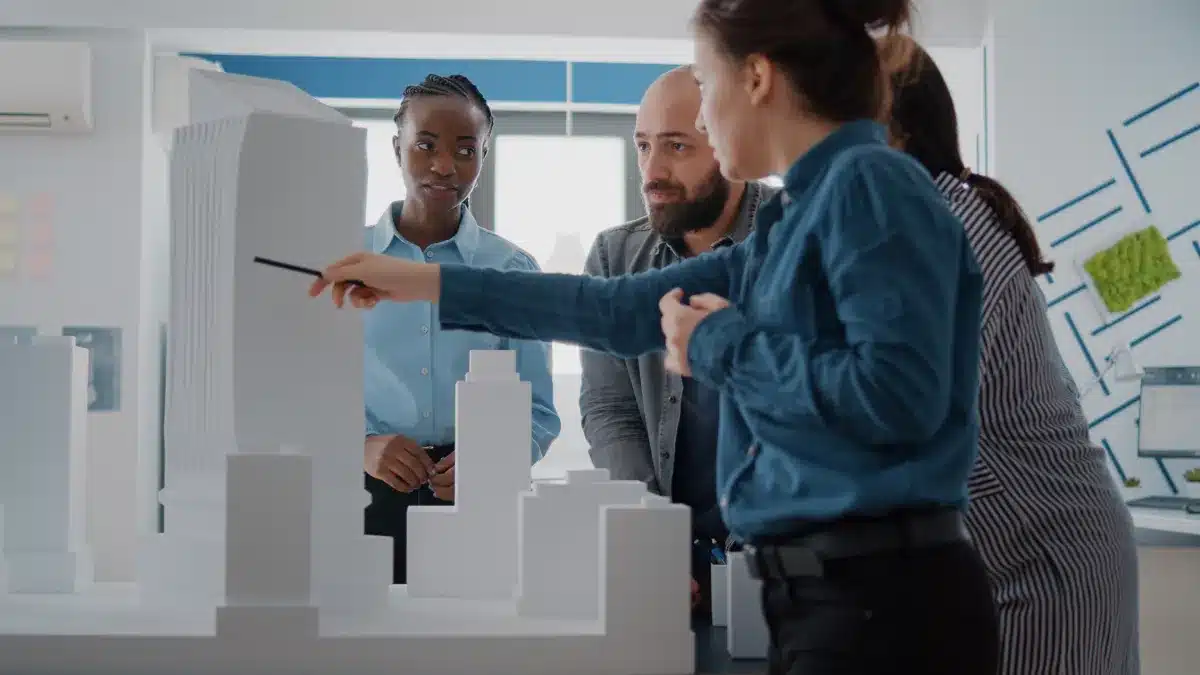How Smart Facility Design Choices Drive Higher Tenant Retention
Tenant retention is often seen as a numbers game: rents, lease terms, and market comparables. But beneath those metrics lies a less discussed, yet deeply influential factor: design. The physical environment that tenants occupy plays a direct role in shaping their long-term satisfaction. While pricing and amenities certainly matter, it is the daily, lived-in experience of a space that truly determines whether a tenant decides to renew or relocate.
Commercial property managers and landlords aiming to reduce turnover should take a closer look at how design and facility layout influence a tenant’s decision to stay. Subtle upgrades and thoughtful planning do more than improve aesthetics. They demonstrate attentiveness, add functional value, and often become a competitive differentiator in saturated markets.
The Business Impact of Tenant Turnover
Tenant turnover is not just inconvenient; it is costly. For each vacancy, property owners face downtime, marketing expenses, potential renovations, and a loss of stable income. In office and mixed-use properties, the disruption can ripple outward, affecting neighboring tenants and the overall perception of the building.
Attracting new tenants may get the spotlight, but keeping current ones is more efficient and sustainable. Studies consistently show that it is significantly more cost-effective to retain tenants than to replace them. Yet many facility managers overlook the environment itself as a key tool for retention.
The Design Factor Often Overlooked
Facility design is about more than how a space looks. It is about how it works for the people using it every day. Tenants often judge a building not by its curb appeal but by the experience of walking its hallways, using its amenities, and navigating its layout.
Common frustrations such as outdated finishes, poorly lit corridors, or cramped shared areas erode satisfaction over time. Restrooms in particular are a frequently overlooked source of discontent. When these spaces feel neglected, tenants associate that neglect with how the entire property is managed. Upgrading these essential areas can have a big impact on how tenants feel about their lease.
One practical update involves replacing worn or outdated partitions in commercial restrooms. Using durable, modern materials that balance aesthetics and privacy can transform the experience of a space without requiring a full renovation. Sites like onepointpartitions.com offer a range of options designed to meet both function and form, helping facility managers modernize with minimal disruption.
Making Design Work for Tenants
Modern commercial design prioritizes both flexibility and usability. Tenants today expect spaces that reflect their values, such as openness, collaboration, wellness, and adaptability. Spaces that cannot evolve with tenant needs often prompt early exits.
Shared spaces also carry more weight than they once did. Lobbies, corridors, and communal break areas are not just transitional zones. They are part of the tenant experience. Natural light, thoughtful seating arrangements, and quality finishes send a message that the space is worth staying in. When these areas are neglected, they can quickly become liabilities.
Another factor is sound. Acoustics matter more than many facility managers realize. Spaces with poor noise control, especially in offices, can impact productivity and comfort. Over time, this leads to dissatisfaction. Smart material choices and layout adjustments can improve this quietly but effectively.
Design as Preventive Maintenance
Long-term tenant satisfaction depends on consistency, not just first impressions. Materials that show wear quickly or are difficult to maintain may appear cost-effective at installation but often lead to complaints and expensive repairs. Floors that scuff easily, fixtures that malfunction, or surfaces that stain contribute to a sense of decline, even if the building remains structurally sound.
Designing with durability in mind helps minimize maintenance issues and ensures the building continues to present well. Thoughtful choices in layout and finishes contribute to a space that ages gracefully and shows tenants their comfort is valued over the long term.
Planning for the Future of Tenant Expectations
Design also signals preparedness for the future. As tenant expectations shift, so must the spaces they inhabit. Features such as wellness zones, natural ventilation, and environmentally conscious materials are becoming standard.
Sustainability is no longer just about energy efficiency. Tenants are increasingly drawn to buildings that support water conservation, good indoor air quality, and the use of non-toxic materials. Spaces that support well-being through daylight access, improved airflow, and calming design make tenants feel more comfortable and more committed.
Many of these features can be implemented gradually. A phased approach, especially in shared areas, allows for improvements without major disruption. By treating design as an evolving tenant-centered strategy, facility managers can build trust and long-lasting tenant relationships.
Technology plays an increasingly central role in shaping modern tenant experiences. Property owners also need to look to digital aids when planning their design strategy. Tools such as coworking space management software can support efficient layout planning, resource scheduling, and real-time space utilization tracking, especially in shared or flexible-use environments. Integrating these systems alongside physical improvements helps create a more responsive, user-friendly facility that meets evolving tenant expectations.
The Long-Term Payoff
Tenant retention reflects how well a space supports its users over time. Smart design choices show that a landlord is attentive, forward-thinking, and invested. Tenants who feel supported and comfortable in their environment are more likely to stay, even when faced with rising rents or alternative options.
Design is not just a one-time project or a visual upgrade for marketing materials. It is a strategic investment that produces measurable results. When applied thoughtfully, it becomes one of the most reliable ways to strengthen tenant relationships and protect property value for the long run.

Leave a Reply